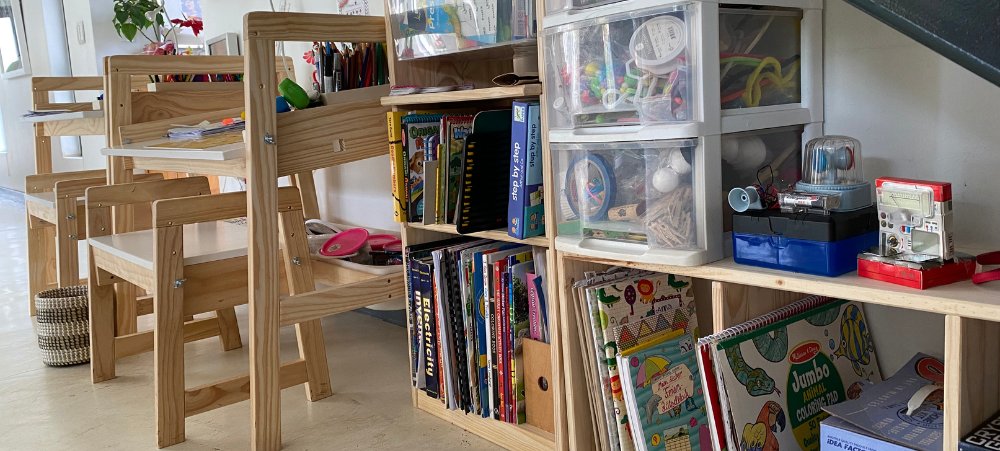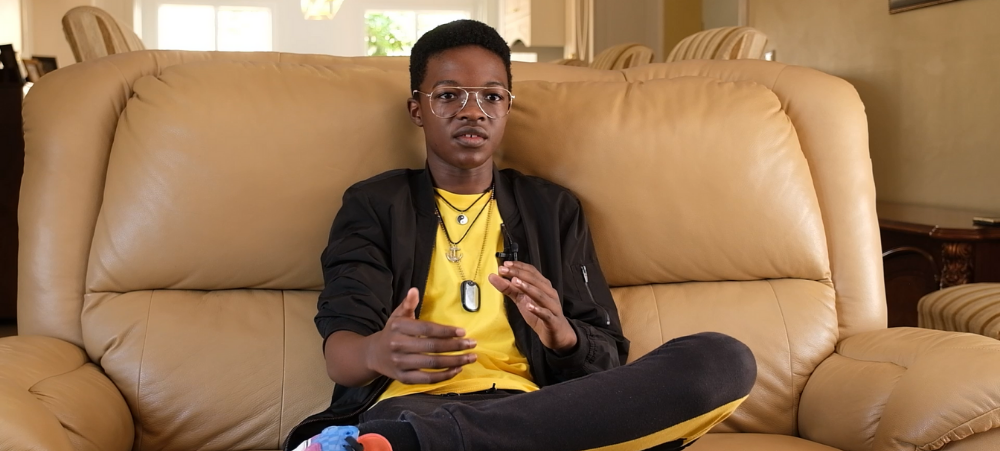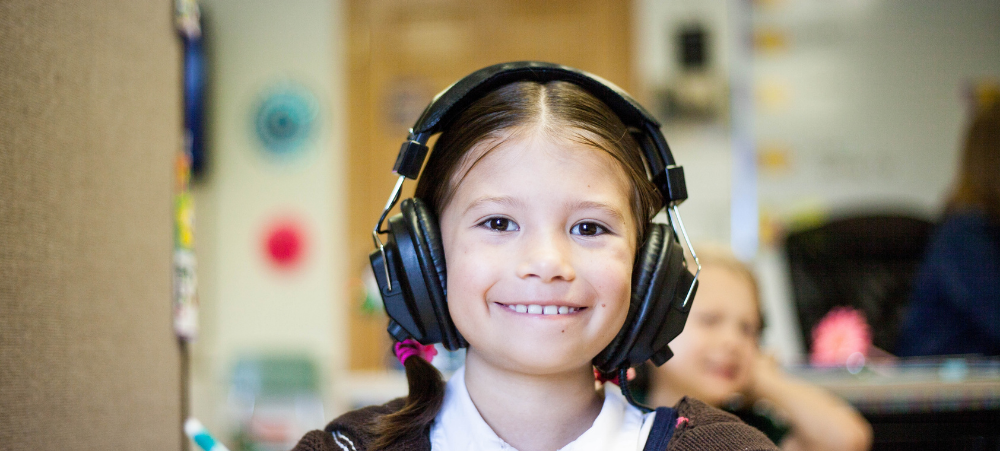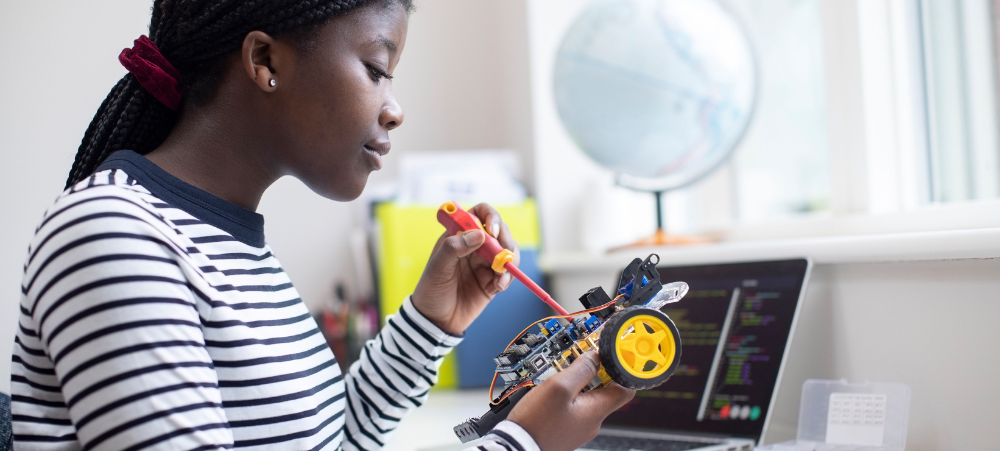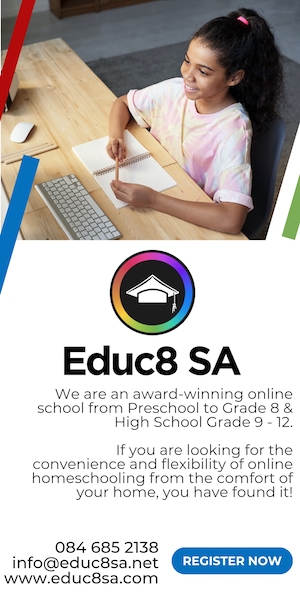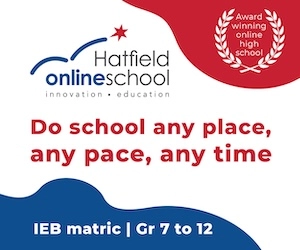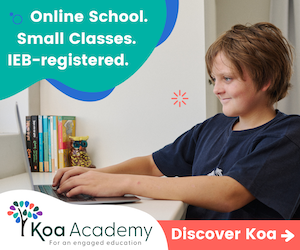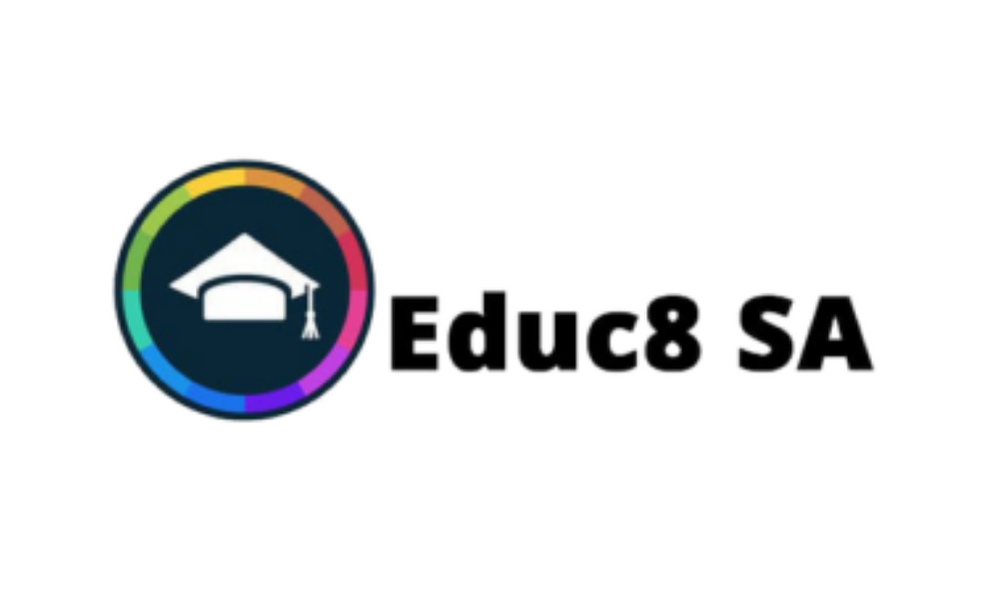
Educ8 SA
Online education offers numerous benefits, some of which include: 1. Flexibility and Convenience: One of the significant advantages of online education is the flexibility it provides. Students can access course materials and lectures at their convenience, allowing them to study at their own pace. They can also choose when and where to study, making it easier to balance education with other commitments such as work or family responsibilities. 2. Access to a Wide Range of Courses and Programs: Online education breaks down geographical barriers, giving students access to a wide variety of courses and programs that may not be available locally. Students can choose from online courses offered by universities and institutions from around the world, expanding their educational opportunities. 3. Cost-Effectiveness: Online education is often more affordable than traditional on-campus education. Students can save on commuting costs, accommodation expenses, and other related expenses. Additionally, online courses often have lower tuition fees and provide digital course materials, reducing textbook costs. 4. Individualized Learning Experience: Online education allows for personalized and individualized learning experiences. Students can progress through the material at their own pace, focusing on areas that require more attention. They can also choose courses that align with their interests and career goals, tailoring their education to their specific needs. 5. Enhanced Technical Skills: Online education requires students to develop and utilize digital skills and technology tools. By participating in online courses, students gain proficiency in using various online platforms, collaboration tools, and multimedia resources. These technical skills are increasingly valuable in today’s digital age and can benefit students in their future careers. 6. Networking and Collaboration Opportunities: Online education provides opportunities for networking and collaboration with students and professionals from diverse backgrounds. Virtual discussion forums, online group projects, and video conferences facilitate interaction and knowledge sharing among students, fostering a global learning community. 7. Continuous Learning and Professional Development: Online education offers opportunities for continuous learning and professional development. Professionals can pursue online courses to enhance their skills or acquire new ones, helping them stay relevant in their fields and advance their careers without taking extended breaks from work. 8. Self-Discipline and Time Management: Online education requires self-discipline and effective time management skills. Students must be motivated and proactive in managing their study schedules and meeting deadlines. Developing these skills can benefit students in various aspects of life, including work and personal endeavors. Online education has proven to be a valuable alternative and supplement to traditional classroom-based learning, offering numerous benefits to a wide range of learners.












